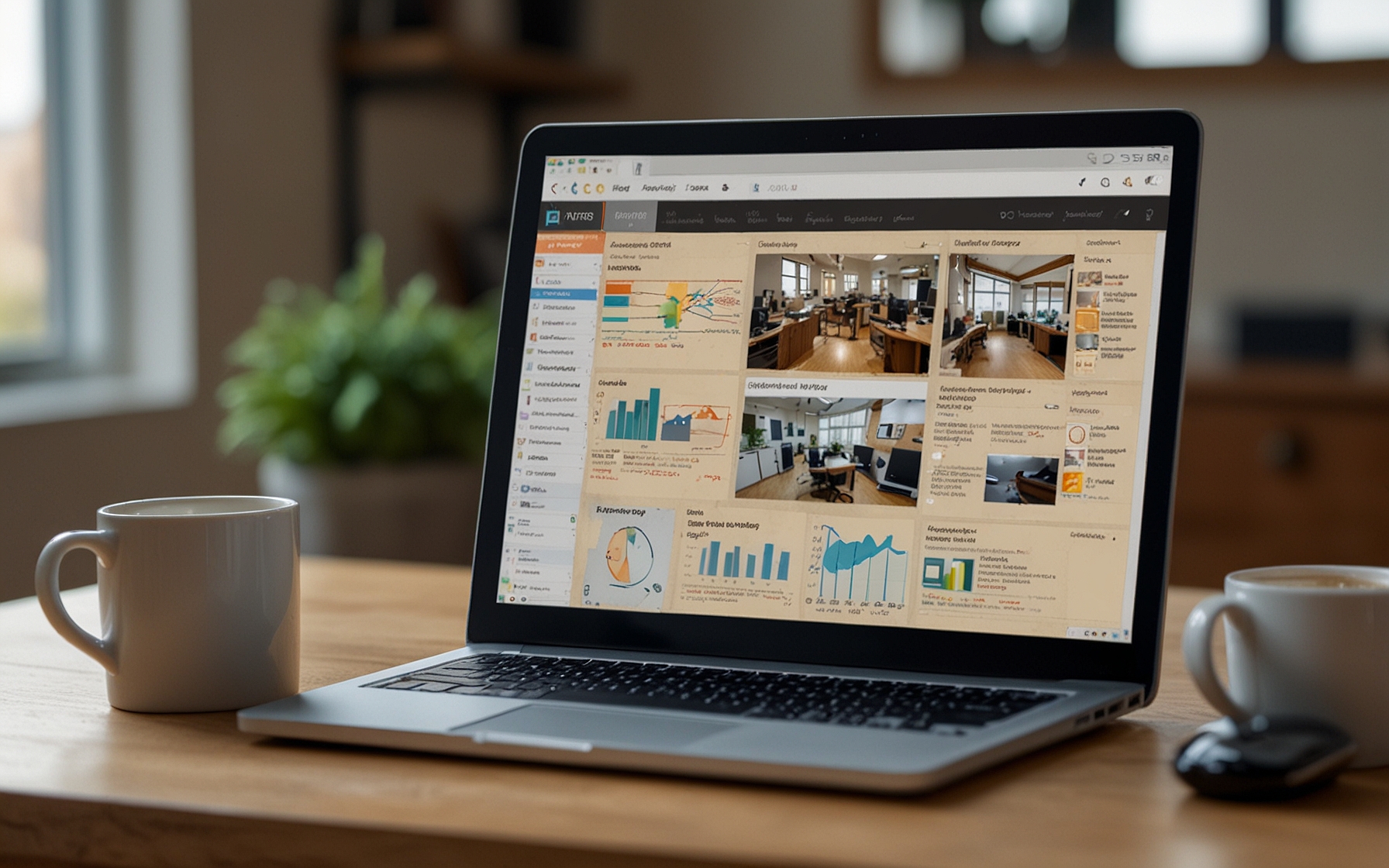
Boost Your Blog: 10 Essential SEO Tips
Writing SEO-friendly blog posts enhances online visibility and engagement. Key strategies include understanding your audience, conducting keyword research, structuring content with headings, integrating keywords naturally, optimizing URLs, using multimedia, crafting compelling meta descriptions, linking internally and externally, and focusing on long-tail keywords.
Writing SEO-friendly blog posts is a cornerstone of effective content marketing. Ensuring your content appeals to your target audience while also satisfying search engine algorithms can vastly improve your online visibility. Here are ten actionable tips to help you create blog posts that resonate with readers and rank well in search results.
Focus on Your Audience
First and foremost, always write with your audience in mind. Understand their needs, interests, and pain points to ensure the information you provide is valuable and engaging. Research the questions and concerns your audience frequently raises and address them in your content. This approach keeps your readers engaged and fulfills SEO criteria, as search engines prioritize content that is useful and relevant.
Conduct Keyword Research
Keywords form the backbone of SEO. Conduct thorough keyword research to identify terms your target audience is searching for. Use tools like Google Keyword Planner to find focus keywords related to your topic. Incorporate these keywords naturally throughout your blog post, including in the title, headings, and body, but avoid overstuffing. A balanced use of primary and secondary keywords will help your content rank better on search engines.
Structure Your Content
Organize your blog post with a clear structure. A well-structured article usually comprises an introduction, a body section, and a conclusion. Break down the body into sub-sections with appropriate headings (H2, H3). This not only makes your post easier to read and scan but also aids search engine bots in understanding the content of your page.
Use Headings and Subheadings
Proper use of headings enhances the readability of your blog post. Use a hierarchical structure with one H1 tag for the title that includes your primary keyword, followed by H2 and H3 tags for subheadings. This hierarchy helps readers quickly understand your post and keeps them engaged. Moreover, it helps SEO by making the post scannable and informative for search engines.
Optimizing your blog post for readability ensures your audience remains engaged till the end, which positively impacts your SEO rankings. Use short paragraphs, bullet points, and bold text to highlight key information. This not only makes your content more digestible but also caters to skim-readers, increasing the chances of your post being read thoroughly.
Integrate Keywords Organically
While incorporating keywords is vital, it's crucial to do so naturally. Avoid keyword stuffing, which can harm your SEO rather than help it. Instead, sprinkle keywords throughout your content—in titles, URLs, headers, and body text. Make sure the flow of the content remains smooth and natural. This balanced approach leads to a better user experience and a higher chance of ranking well in search results.
Create SEO-friendly URLs by making them concise and including primary keywords. URLs should be easy to read and understand by both humans and search engines. Avoid using complex strings of numbers or unrelated words. A clean, relevant URL structure can significantly benefit your SEO efforts.
Add SEO-Optimized Images and Videos
Enhance your blog posts with multimedia elements like images and videos to make them more engaging. Optimize these elements by including relevant keywords in the file names and alt texts. This step can improve your blog's visibility in image search results and increase overall traffic.
Write Compelling Meta Descriptions
Meta descriptions, though not a direct ranking factor, highly influence click-through rates from SERPs. Craft meta descriptions that are accurate, intriguing, and include your target keyword. A well-written meta description can attract more clicks, indicating to search engines that your post is relevant and valuable.
Internal and external linking are crucial for SEO. Link to other relevant content on your site to improve user navigation and distribute link equity, which can boost your SEO. Occasionally link to credible external sources to establish trustworthiness and provide additional value to your readers.
Focus on Long-Tail Keywords
Using long-tail keywords helps in attracting highly targeted traffic. Such keywords are more specific and usually less competitive, making it easier for your content to rank. Including 1-2 long-tail keywords per post keeps your content focused and relevant to specific audience queries.
Developing SEO personas can provide deeper insights into the keywords and topics that resonate most with your audience. Understanding their search behavior and preferences allows you to tailor content more effectively, enhancing both relevance and engagement.
Optimize your blog posts for SERP features like featured snippets, FAQs, and reviews. These features can significantly boost your visibility and drive more traffic to your blog by appearing prominently on search results pages. Structuring your content in a way that directly answers common questions can help you capture these valuable positions.
By implementing these tips, you can improve your blog's visibility, enhance user experience, outrank competitors, and generate more leads. Focus on delivering valuable, well-structured, and optimized content to maximize your blog's potential.
#SEO #ContentMarketing #BloggingTips #SEOOptimization







